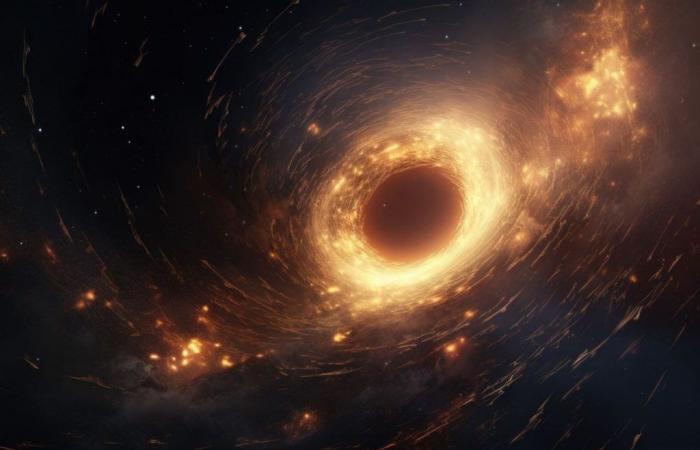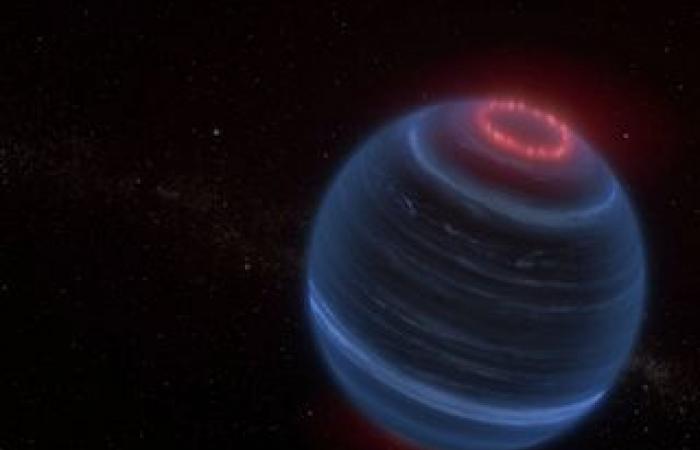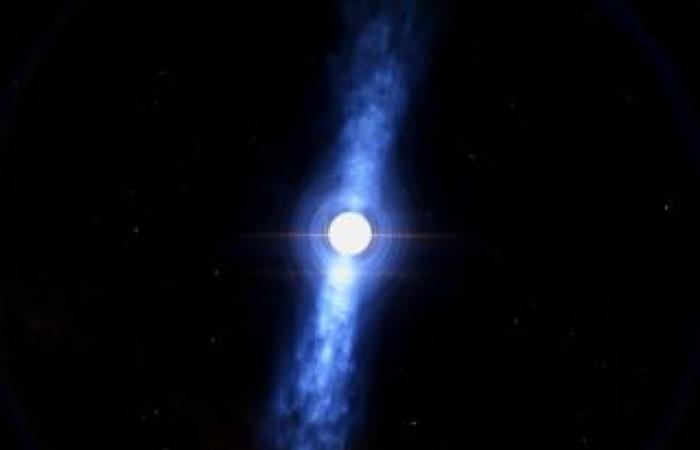As we well know, the universe still hides many mysteries. We are far from complete knowledge of it, which is nothing more than a stimulus for the numerous researchers who daily try to discover some unknown aspect of the space that surrounds us.
Without going too far, if we can say it since we are still talking about enormous astronomical distances, even our galaxy, the Milky Way, keeps many secrets and to be honest, the same also applies to our solar system.
Knowledge needs collaboration
However, one thing is certain: there is strength in numbers! For this reason, the Backyard Worlds: Planet 9 project was launched, in which more than eighty thousand citizen volunteers who scrupulously observe the images produced by data collected over the last 14 years by NASA’s WISE (Wide-field Infrared Survey Explorer) mission to distinguish real objects of any artifacts and report them.
Then some volunteers They noticed an object with sudden movements and they reported it, thus activating expert astronomers for its identification. The latter agreed that it was not an artifact, that is, a disturbance due to the acquisition technique, coding or, in any case, the presence of a disturbing phenomenon that altered the final image, but rather a a celestial body.
Using an infrared spectrum obtained with the Keck telescope, an astronomical observatory located at the top of the Mauna Kea volcano in the Hawaiian Islands, they discovered that this small, very fast object is an L-class subdwarf star.

The subdwarf stars are those stars with a luminosity between 1.5 and 2 magnitudes lower than that of red dwarfs. These stars have very low mass and low surface temperatures and are probably between the oldest stars in our galaxy.
The star in question is called CWise J124909+362116.0, or “more simply” J1249+36and the results of the studies carried out by astronomers were presented a few days ago during the 244th meeting of the American Astronomical Society by Professor Adam Burgasser, professor of astronomy at the University of California, San Diego.
The scientists combined images from the Wise mission with the spectrum obtained with the Keck telescope and not only identified the chemical composition of this star, but also They were able to map their position and speeddiscovering that J1249+36 moves at an incredible speed: 2 million kilometers per hour.
This is, therefore, a rare example of hyperfast stara star so fast that overcomes the gravitational pull of the galaxy that welcomes her and takes her to wander through intergalactic spaces. Well yes, J1249+36 will end up leaving the Milky Way.
But why is this star so fast?
There are two hypotheses, possible and plausible, but at the moment neither of them has been confirmed due to lack of evidence. The first is that J1249+36 was once in a binary system. Its companion, a white dwarf, at one point exploded as a supernova and the explosion would have pushed our star, giving it enormous speed.
The second hypothesis, on the other hand, would see our star as member of a globular cluster. Globular clusters are spherical star systems with several black holes inside. A possible binary system of black holes is capable of catapulting away any object that passes near them.
However, to know if one of these theories could be correct, it is necessary to carry out other analyzes; in fact, both the possible explosion of the white dwarf and the previous origin of a globular cluster could have left characteristic chemical patterns in our ‘star Rápido Gonzalez’.











